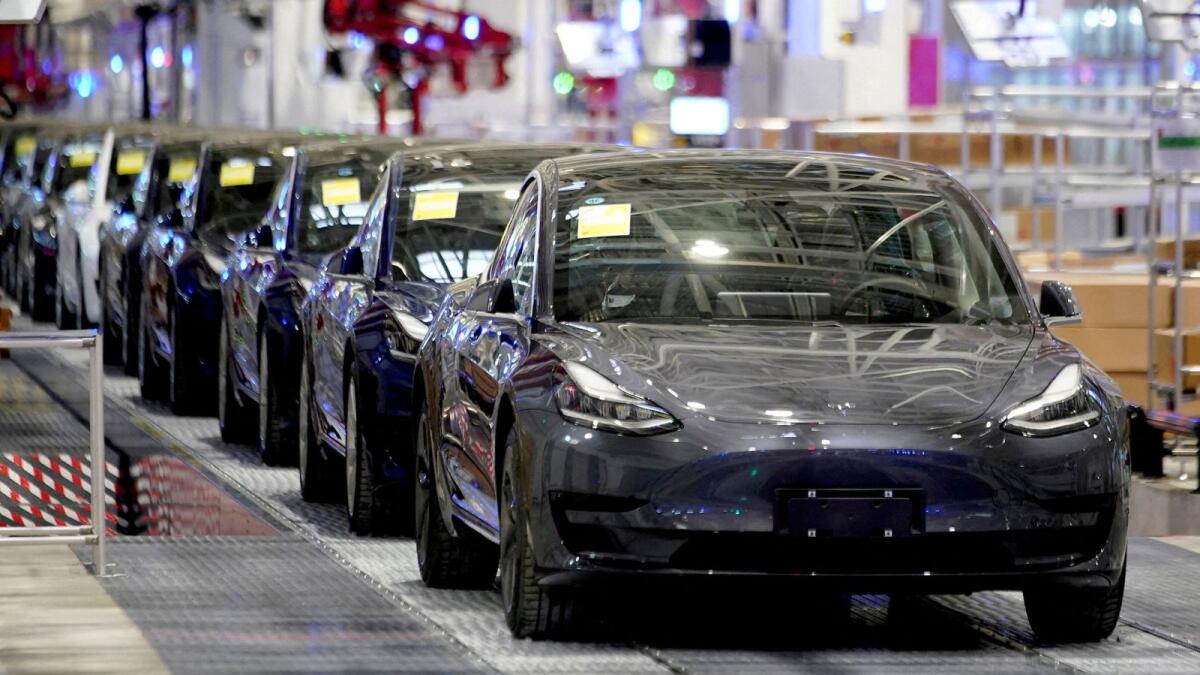Tesla reported a smaller-than-expected rise in third-quarter deliveries, which impacted its shares negatively. The EV maker is facing rising competition and slowing demand for its electric vehicles, putting the company at risk of its first annual decline in deliveries after years of rapid growth. Tesla has been offering incentives, such as slashing prices and extending financing deals, to boost sales in markets like China, but these efforts have not been as successful as anticipated.
Despite some growth in China sales, analysts believe that demand in the US and Europe was low during the same period. The total number of deliveries fell short of expectations, making it challenging for Tesla to reach its target of increasing deliveries in 2024. Now, the company needs to achieve a record-breaking number of deliveries in the fourth quarter to prevent a drop in sales the following year.
Price cuts and incentives have also affected Tesla’s profit margins, which could be detrimental in the long run according to investors and analysts. However, some analysts see the return to growth in deliveries as a positive sign for the company, indicating that the incentives put in place to boost sales are working. Tesla delivered a total of 462,890 vehicles in the July-September period, with the majority being Model 3 and Model Y vehicles.
While Tesla’s deliveries were higher than those of rival BYD in the third quarter, the company is still facing challenges in maintaining its growth trajectory. Elon Musk’s ambitious goal of increasing deliveries in 2024 may be difficult to achieve without significant changes to the company’s current strategy. As competition in the EV market continues to intensify, particularly in China where new models are being introduced, Tesla will need to adapt to stay ahead in the industry.
In conclusion, Tesla’s third-quarter deliveries fell short of expectations, causing concerns about the company’s growth prospects. While the return to growth in deliveries is a positive sign, Tesla will need to make significant changes to its strategy to maintain its competitive edge in the EV market. With increasing competition and slowing demand, the company faces challenges in achieving its delivery targets and maintaining profit margins. Investors will be closely watching Tesla’s performance in the coming quarters to see how the company navigates these challenges and whether it can maintain its position as a leader in the electric vehicle industry.





















